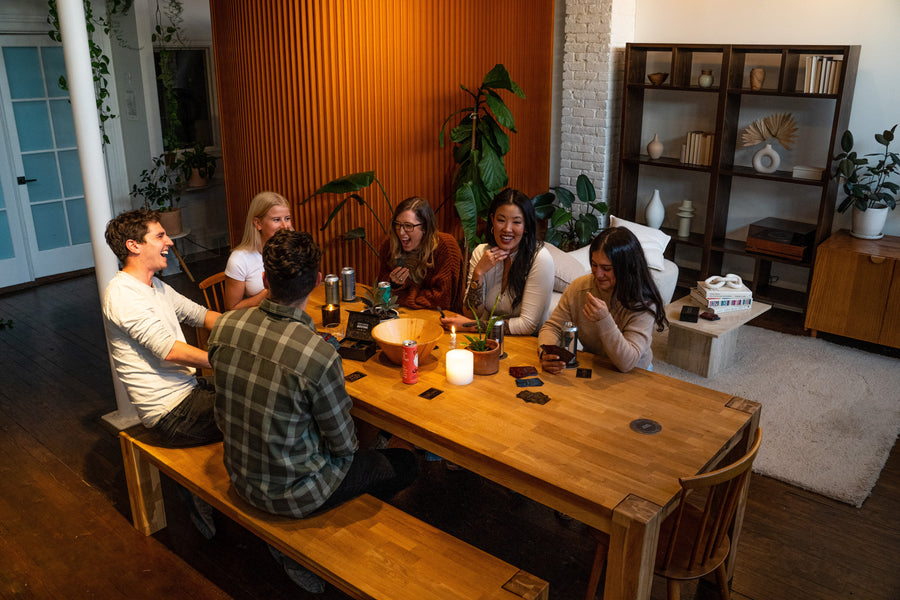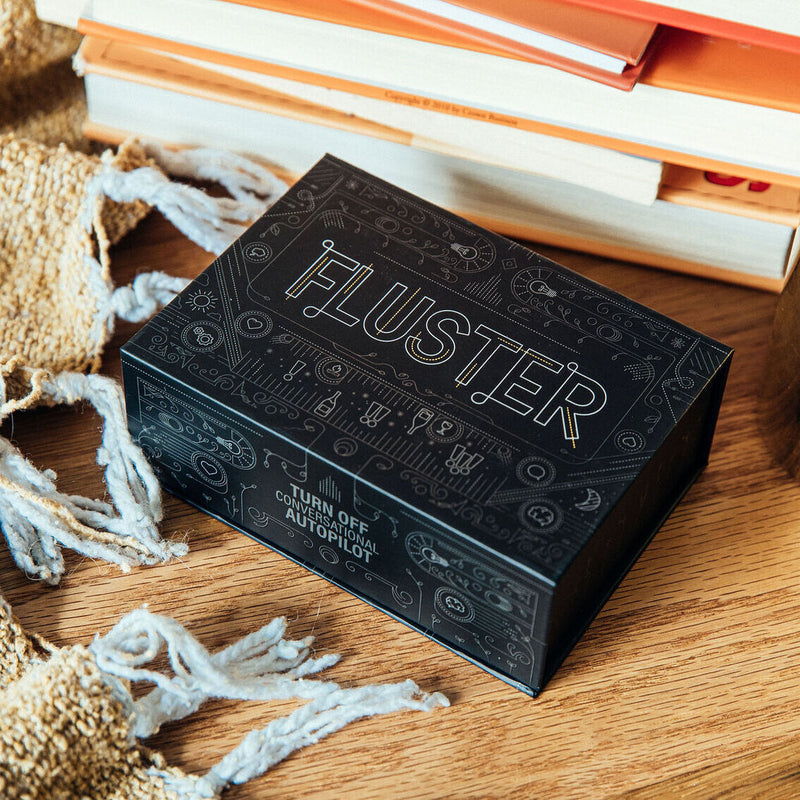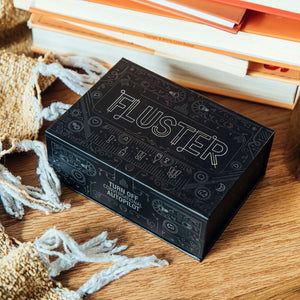More Ways to Play FLUSTER
Fluster—it really is such a gift in session work.
"[It] has opened up the beautiful, spacious moments of reflection and autonomy for folks who typically struggle to connect with their own emotions. It creates a felt sense of safety and play that's hard to get otherwise."




